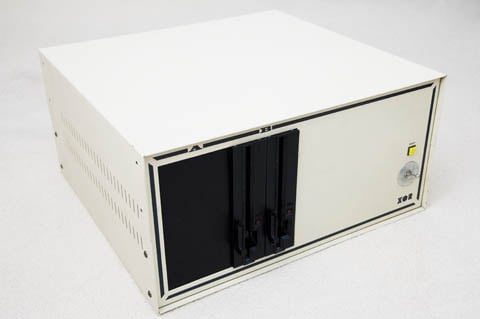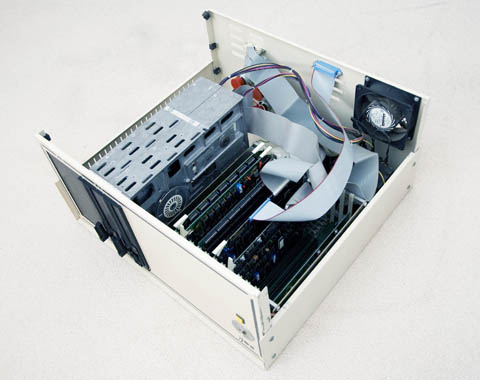This article is more than 1 year old
Love on the buses: The S-100 and me
An illustrated affair
This Old Box Although the IBM PC had been released in August of 1981, the system of choice for true geeks in those days was a home-brewed computer based on the S-100 bus architecture.
I may have not been a bull geek in those days, but I was working on it - so I built one in 1982. It served as our family's computing workhorse for a few years, even after it was joined in our home office by an Apple Mac in 1984.
The S-100 bus was an outgrowth of the Altair 8800 of the mid-1970s - and, no, I'm not going to call the Altair 8800 the "first personal computer". There are so many competitors and such a vague history surrounding that claim that I'll let you folks dig into that contentious subject on your own.
First or not, the Altair 8800 did give rise to a bus technology that was eventually standardized - as much as anything was standardized in those early days - into the S-100 bus. Much of the popularity of the S-100 bus can be credited to the efforts of George Morrow - one of the true greats of the early days of personal computing - and his S-100 Bus Standards Committee.

It may not have been pretty, but it was a business powerhouse
Supported by broad range of systems, the S-100 bus made assembling your own system a relatively easy chore. First you opened up the back pages of Byte magazine, found an enclosure with enough slots, bays, and power that you might need, and wrote a check. Then you shopped for cards, drives, and cables.
Here in the San Francisco Bay Area, that latter chore was decidedly more enjoyable, as the quest led me to the San Jose Swap Meet, where companies and individuals put up makeshift tents or backed-up their pickup trucks, and sold everything from chips to cards to cables.

Inside there's plenty of room for cards, drives, and power supply
I recall that when I asked the guy from whom I bought a bargain $300 64KB RAM card - out of the back of his truck, by the way - about his warranty policy, he simply laughed. The suits hadn't yet tamed Silicon Valley.
So here's the system that I assembled, and which has been languishing in my basement since the early 1980s. Some basic specs:
- Size: 22 by 20.75 by 10.75 in. (55.9 by 52.7 by 27.3 cm)
- Weight: 77 lbs. (35.4 kg)
- 8-bit processor: 6MHz Intel 8085
- 16-bit processor: 8MHz AMD 8088
- Memory: 64KB SRAM
- Storage: Two 1024KB 8-inch floppy drives
- Ports: Three RS-232 serial, one Centronics parallel
- Operating system: CP/M 2.2
- Spreadsheet: SuperCalc
- Word processor: WordStar
- Database software: dBASE II
- Management utility: CP/M Power
- Price: $2,100 (£1,420) in 1982 dollars, or $4,630 (£3,130) in 2009 dollars
